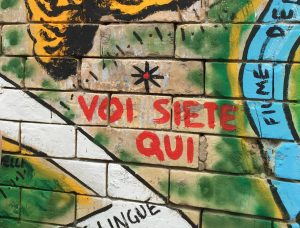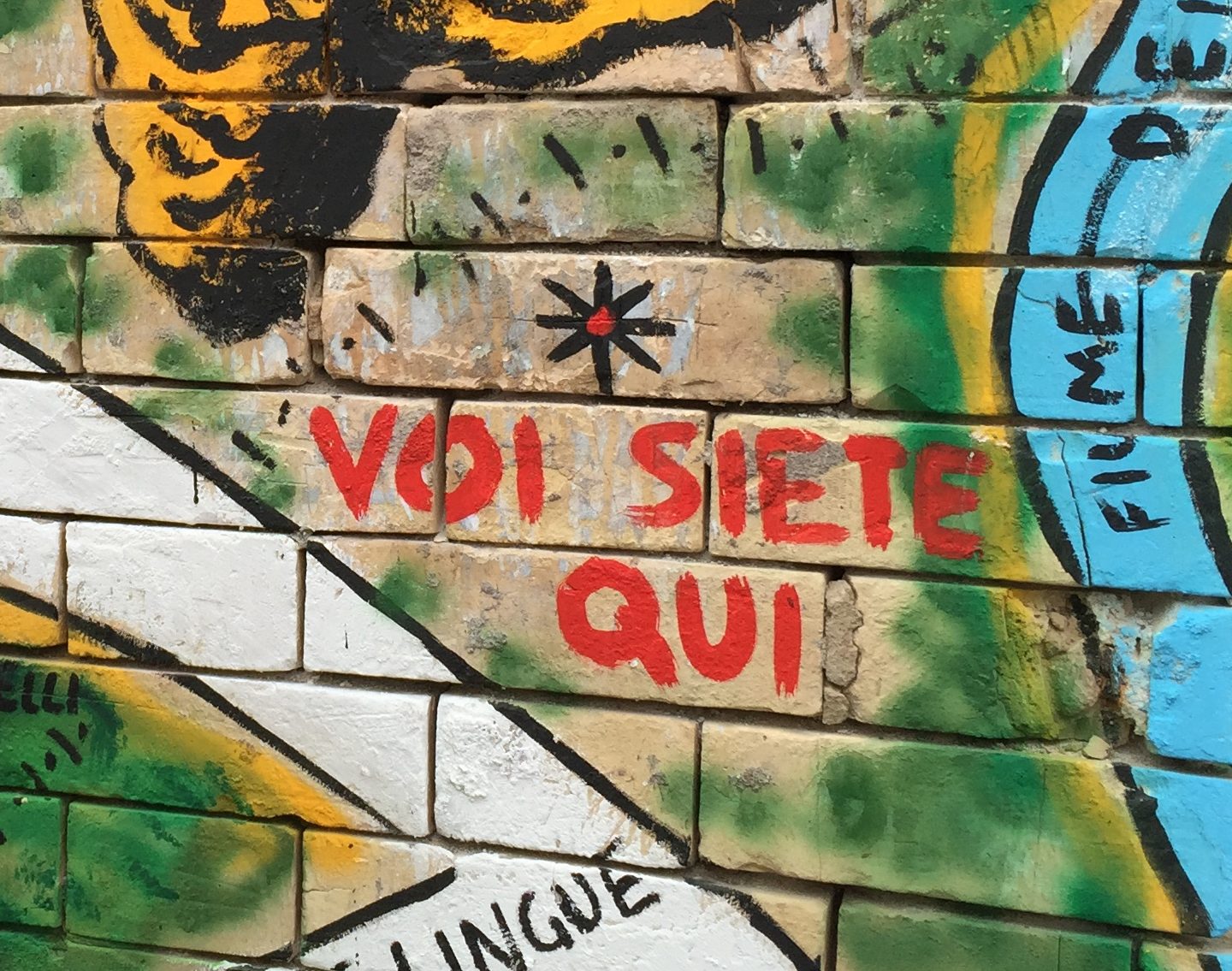
“Our task is to make a new kind of artist, a creator capable of understanding every kind of need: not because she is a prodigy, but because she knows how to approach human needs according to a precise method.”
— Bruno Munari in Design as Art
As an avid researcher and aficionado of immersing myself in analogous domains, my expertise spans everything from online learning to bootcamps to certificate programs to the traditional higher education classroom.
So how did I wind up as a designer, then educator?
Like many things, it wasn’t part of a masterplan. I began my journey as a naive, newly minted Bachelor of Arts graduate curious about what would a career path in something creative look like. I turned to Google before there was a Google (Altavista then). My mission? To find a hybrid MFA-MBA-like program that I could be enthusiastic about, yet also might offer the benefit of providing a paycheck come graduation.
I more or less stumbled onto a then-nascent Masters in Design program at Carnegie Mellon that sounded like it might fit my requirements. After spending a year and a half putting together a weird mish-mash of a portfolio and scraping together some savings, I applied and got in. In school I was that student who fumbled around with the Adobe and programming skills that seem to come so easily to others. I didn’t enjoy 2D production work and at the time, a typical interaction design career focused almost exclusively on designing screen interfaces. When I organized our design career fair, it seemed like recruiters delighted in bursting my bubble, informing me that my degree would not be the golden ticket to getting a foothold into the working world. I just didn’t quite fit the usual designer mold.
Through sheer luck (and having some arcane knowledge of VUI), my first real job out of grad school launched me into leadership role. It was here that I found some joy. In a strange role reversal, now I was the one recruiting and hiring designers and other creative types. Eventually I started shaping and building teams.
Many people have approached me over the years, eager for some direction, and curious about UX and how one becomes a designer. I created and facilitated both informal and formal workshops to share my knowledge. I trained new hires; mentored colleagues, students, entrepreneurs, friends and strangers. Mentoring then became teaching, and I found myself back full circle where I started: in the classroom.

